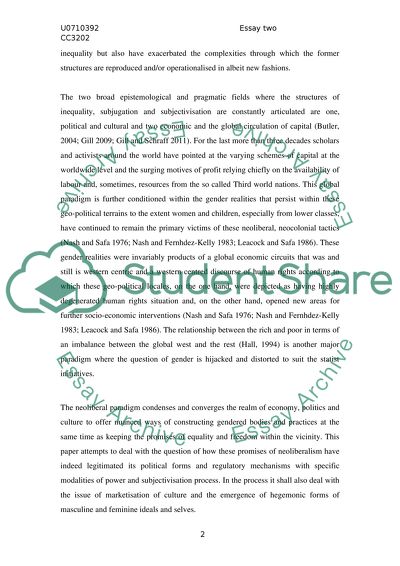Cite this document
(“Has neoliberalism impacted men and women differently Essay - 1”, n.d.)
Retrieved from https://studentshare.org/environmental-studies/1418443-has-neoliberalism-impacted-men-and-women
Retrieved from https://studentshare.org/environmental-studies/1418443-has-neoliberalism-impacted-men-and-women
(Has Neoliberalism Impacted Men and Women Differently Essay - 1)
https://studentshare.org/environmental-studies/1418443-has-neoliberalism-impacted-men-and-women.
https://studentshare.org/environmental-studies/1418443-has-neoliberalism-impacted-men-and-women.
“Has Neoliberalism Impacted Men and Women Differently Essay - 1”, n.d. https://studentshare.org/environmental-studies/1418443-has-neoliberalism-impacted-men-and-women.


